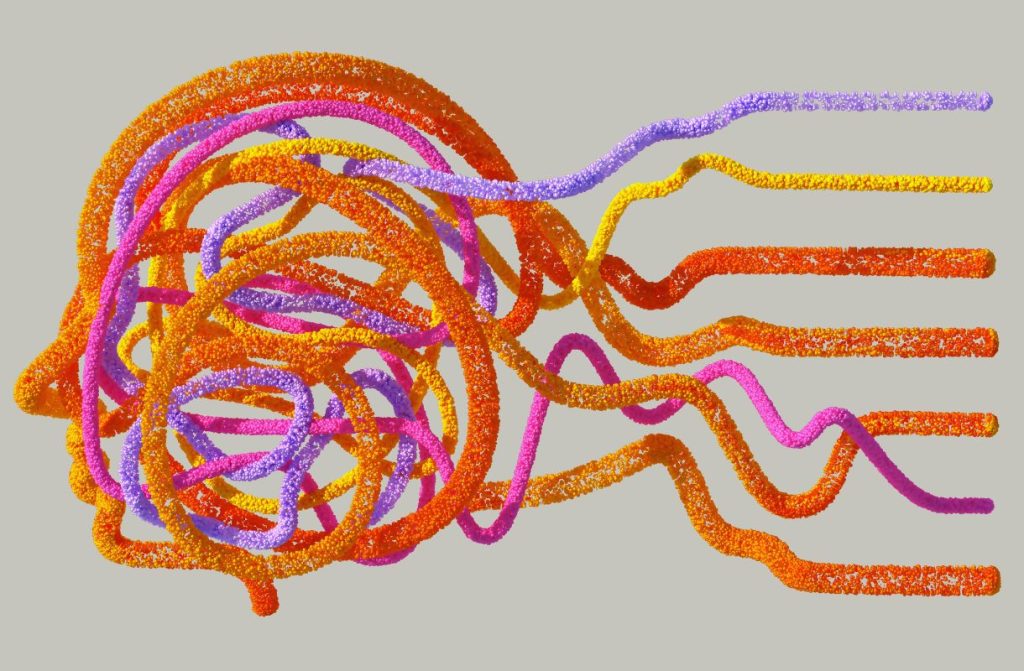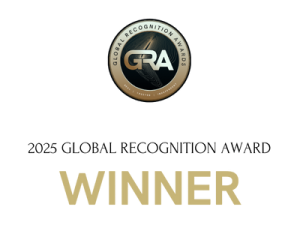Have you ever tried to change a habit like snacking late at night, biting your nails, or scrolling endlessly through social media, only to find yourself doing it again, almost as if on autopilot?
That’s because you were on autopilot.
Habits Are Stored in the Unconscious
From an NLP perspective, habits are stored unconsciously. The unconscious mind is the domain of patterns, beliefs, and behaviours that operate beneath conscious awareness. Its primary role is to automate behaviour, conserve mental energy, and keep you safe based on past learning. Once a behaviour is repeated enough times, or becomes emotionally charged, it gets stored as a neurological shortcut.
These automated repetitive actions, especially those tied to emotional states, identity, or learned sequences of behaviour, allow the conscious mind to be free to focus on new and complex tasks.
In other words, habits serve a purpose. They reduce cognitive load and free up our mental bandwidth. Imagine having to consciously think through the steps of brushing your teeth, tying your shoes, or driving your regular route to work every single day. The unconscious mind handles all of that for you, efficiently and reliably.
But the same mechanism that makes helpful behaviours automatic also locks in less resourceful ones.
Why Willpower Isn’t the Answer
Many people attempt to break habits using willpower alone. But willpower is a conscious resource, and it’s finite. The moment we’re stressed, tired, emotionally triggered, or distracted, the unconscious takes back the wheel and defaults to what it knows: the old pattern.
This is why simply telling yourself to “just stop” rarely works. The pattern needs to be addressed where it lives….in the unconscious.
Awareness Precedes Change
In NLP, we understand that you can’t change what you’re not aware of. So the first step in shifting a habit is to map the structure of the pattern.
Ask yourself:
- What specifically triggers this behaviour?
- What emotional state or thought precedes it?
- What reward (relief, distraction, stimulation, control) do I get from it?
- What do I believe this behaviour gives me?
Every habit runs on a loop: trigger → behaviour → reward.
For example, if you reach for sugar every time you feel stressed, the trigger is stress, the behaviour is eating, and the reward is temporary emotional relief. This structure is often installed early in life or reinforced repeatedly over time, until it becomes neurologically hardwired. Whether it’s comfort, certainty, control, or stimulation, the unconscious always acts with positive intention, even if the strategy is outdated.
Rewiring, Not Resisting
Once you’ve identified the loop, the aim is not to resist the old pattern but to install a new one. NLP gives us powerful tools to do this:
- Swish Patterns collapse unwanted responses by replacing the internal image of a trigger with a compelling alternative.
- Anchoring connects a desired state, like calm, confidence, or clarity, to the same external stimulus that used to trigger the old habit.
- Parts Integration helps resolve the internal conflict between the part that wants to change and the part that still holds onto the habit.
But sometimes, habits are driven by unresolved emotional content, like anger, sadness, fear, hurt, or guilt, stored in the past.
This is where Time Line Therapy® becomes a game-changer.
Clearing the Root Cause with Time Line Therapy®
Time Line Therapy® works at the level of the unconscious mind to release negative emotions and limiting decisions that were formed early in life, often outside conscious awareness.
Many habits are emotionally loaded. For example:
- Overeating might be rooted in unresolved sadness or comfort-seeking from childhood.
- Procrastination might be linked to a limiting decision like “I’m not good enough.”
- People-pleasing might stem from early fear of rejection or guilt around saying no.
With Time Line Therapy®, you can go back to the root cause of those emotions or beliefs, not to relive them, but to extract the learning and let go of the emotional charge. When this happens, the unconscious mind naturally lets go of the behaviour because it no longer needs it as a coping mechanism.
And because Time Line Therapy® works at the level where the habit was originally created, change is often rapid and lasting.
Change Happens When You Change From The Inside
Lasting change doesn’t come from force. It comes from awareness, integration, and presenting the unconscious mind with a better, more aligned strategy.
When you understand the structure of a habit and when you work with the unconscious instead of against it, you don’t have to “break” a habit. You simply replace it with a new one that feels natural, aligned, and empowering. And then repeat the new pattern consciously until that becomes your default.
So the next time you catch yourself repeating an old pattern, ask:
What is my unconscious mind trying to do for me, and how can I meet that need in a more resourceful way?
That’s not just mindset. That’s transformation.
Find out more about the best NLP training programs in Australia HERE.



